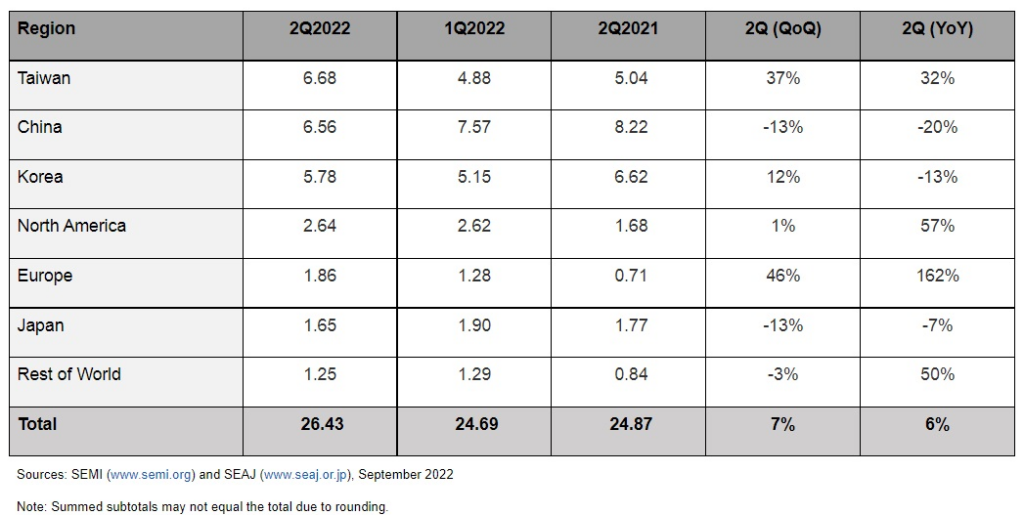Taiwan-China cross-strait tensions and governments’ focus on greater control of advanced chips will reshape global semiconductor supply chains in the long term, according to Moody’s Investors Service in a new report.
In a statement on Wednesday (Jan 18), the global credit rating firm said geographic diversification of semiconductor production and investment would be credit negative for the Taiwanese government and chipmakers.
It said rising geopolitical pressure would have a limited immediate effect on semiconductor supply chains but would lead to geographic diversification of the production capacity and investments of Taiwanese semiconductor companies.
“Given the substantial investments required and the potential economic concerns for Taiwan, if it were to move a large portion of high-end manufacturing capacity offshore, we do not expect this process to happen swiftly.
“Still, any disruption to the supply of semiconductors from Taiwan will have effects beyond Asia-Pacific,” managing director Michael Taylor said in a statement on Wednesday (Jan 18).
He said China’s reliance on semiconductor imports is unlikely to diminish over the medium term, given the constraints on its advanced chip production.
However, Taylor said the semiconductor supply chain in China has become increasingly vulnerable to geopolitical disruptions.
“More restrictions on access to manufacturing equipment for advanced chips will slow the progress of China’s plans for semiconductor self-sufficiency; as a result, the country will remain reliant on semiconductor imports.
“We expect cross-strait tensions to remain heightened, with an increased risk of disruption to the supply of semiconductors manufactured in Taiwan,” he added.
Source: Bernama
Moody’s: China-Taiwan cross-straits tension will gradually reshape semiconductor supply chain
Content Type:
Duration:




